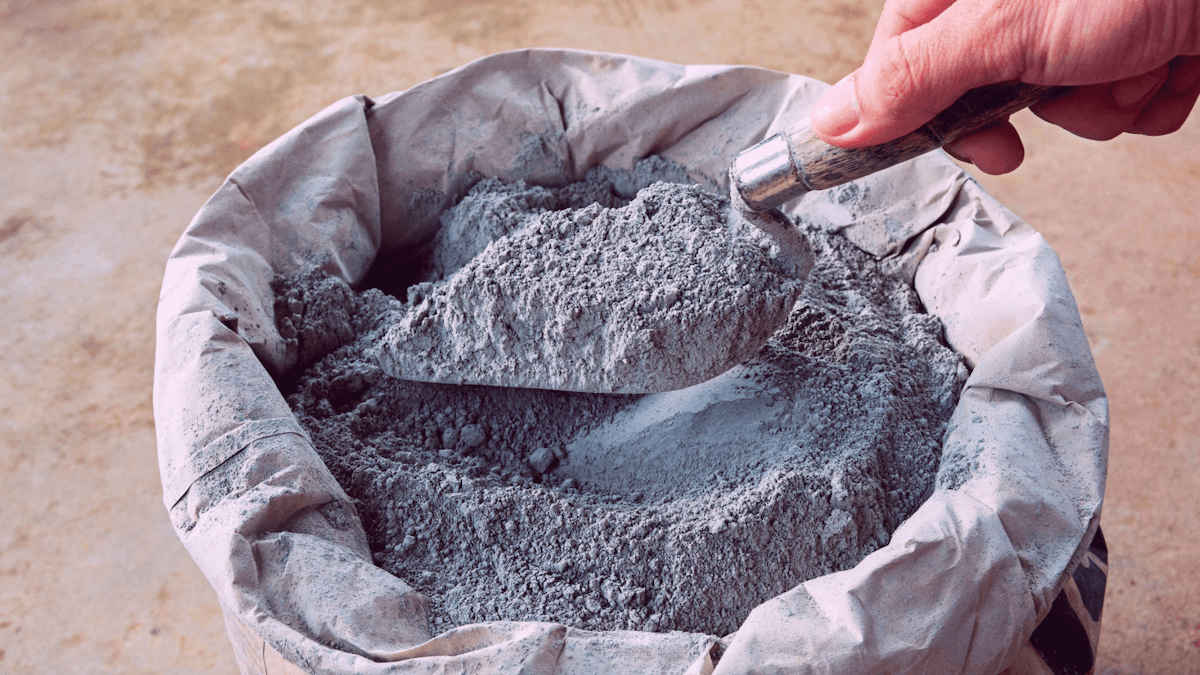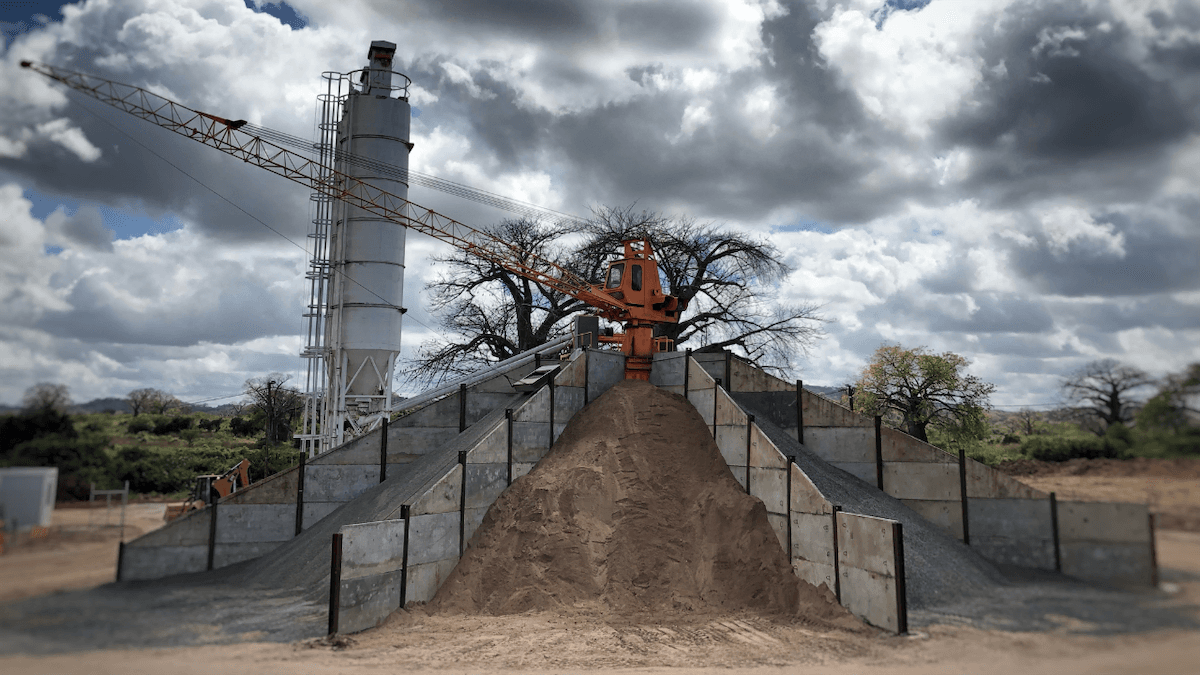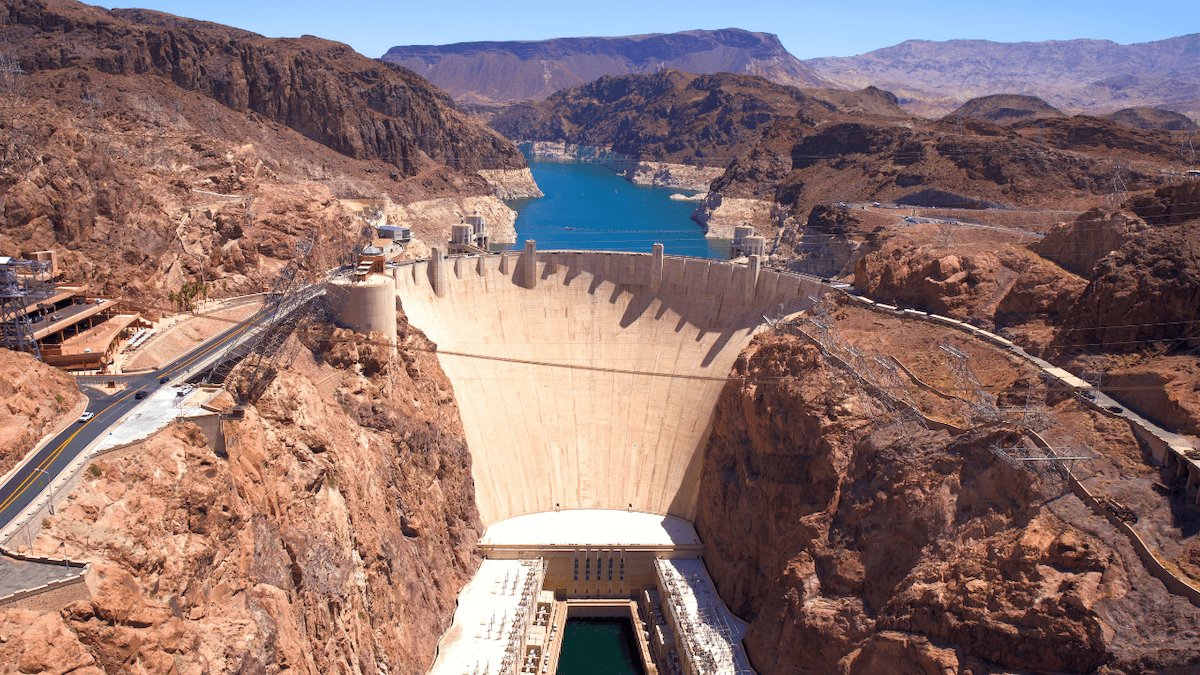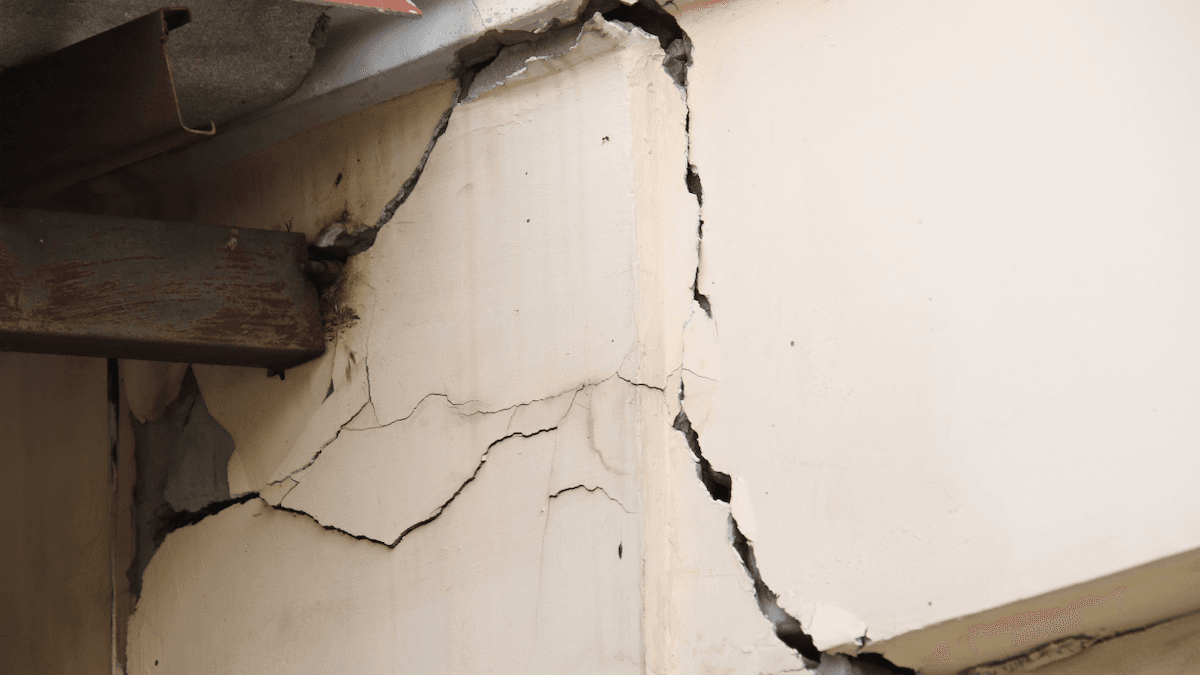Cement vs concrete: What's the difference?
Introduction
In the construction world, the terms "cement" and "concrete" are often used interchangeably, leading to confusion. However, understanding the distinct differences between concrete and cement is crucial for ensuring the success of any construction project. This blog post aims to clarify the differences between cement and concrete, shedding light on their unique properties, uses, and importance in the construction industry.

Discover concrete batching machinery available from Machinery Partner
What is Cement?
Definition and Basic Properties of Cement
Cement is a fine, powdery substance that acts as a binding agent when mixed with water and other materials. It is a key ingredient in concrete, making it essential for construction projects. The primary component of cement is calcium silicate, which reacts with water to form a hard, solid mass.

Role of Cement in Construction
Cement serves as the glue that holds the components of concrete together. It is primarily used in the production of concrete and mortar, providing the necessary strength and durability for various structures.
Types of Cement and Their Uses
- Portland Cement: The most common type, used for general construction purposes.
- White Cement: Used for decorative works and aesthetic purposes.
- Rapid Hardening Cement: Ideal for projects requiring quick setting times.
- Low Heat Cement: Suitable for massive concrete structures to reduce thermal cracking.
What is Concrete?
Definition and Basic Properties of Concrete
Concrete is a composite material made from a mixture of cement, water, aggregates (such as sand or gravel), and sometimes additives. It is renowned for its versatility, strength, and durability, making it one of the most widely used construction materials globally.
Composition of Concrete
- Cement: Acts as the binding agent.
- Water: Initiates the chemical reaction that causes cement to harden.
- Aggregates: Provide volume and stability to the mix.
- Additives: Enhance specific properties like workability or strength.

Strengths and Applications of Concrete in Construction
Concrete excels in compressive strength, making it ideal for constructing foundations, slabs, and columns. Its wide range of applications includes roads, bridges, buildings, and other infrastructure projects. However, it is weak in tension, so materials like steel are often added to reinforce it.

Key Differences Between Cement and Concrete
Composition
- Cement: A single ingredient used as a binder.
- Concrete: A composite material made from cement, water, aggregates, and additives.
Use
- Cement: Used primarily to make concrete and mortar.
- Concrete: Used for constructing various structures, from buildings to bridges.
Properties
- Cement: Fine powder, reacts with water to harden.
- Concrete: Solid, composite material with high compressive strength but low tensile strength.
Importance of Using the Correct Material in Construction Projects
Understanding the differences between cement and concrete ensures that the right material is used for the appropriate application. This knowledge is vital for construction professionals to avoid costly mistakes and ensure the structural integrity of their projects.

Common Misconceptions
Addressing Common Misconceptions About Cement and Concrete
- Cement is not the same as concrete: Cement is just one component of concrete.
- Concrete is not weak: While concrete is weak in tension, it is incredibly strong in compression.
- Cement alone cannot create durable structures: It needs to be combined with water, aggregates, and additives to form concrete.
Find out which concrete batch plant is right for you
Conclusion
Understanding the differences between cement and concrete is crucial for anyone involved in construction. While cement acts as the binding agent, concrete is the composite material that forms the backbone of countless structures. By grasping these distinctions, construction professionals can make informed decisions, leading to successful and durable projects.
For further reading or consultation on how to optimize your construction projects using the right materials, feel free to reach out to our Machinery Partner experts.
Choosing the right machine and material can make all the difference in the world and Machinery Partner is here to help!








